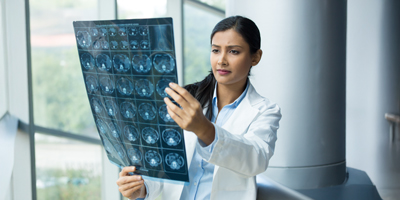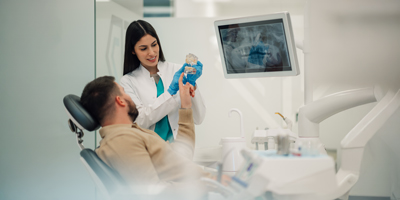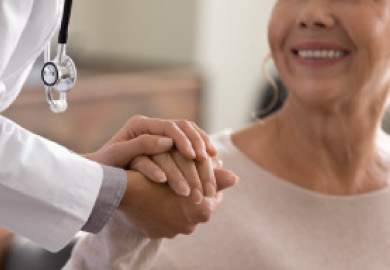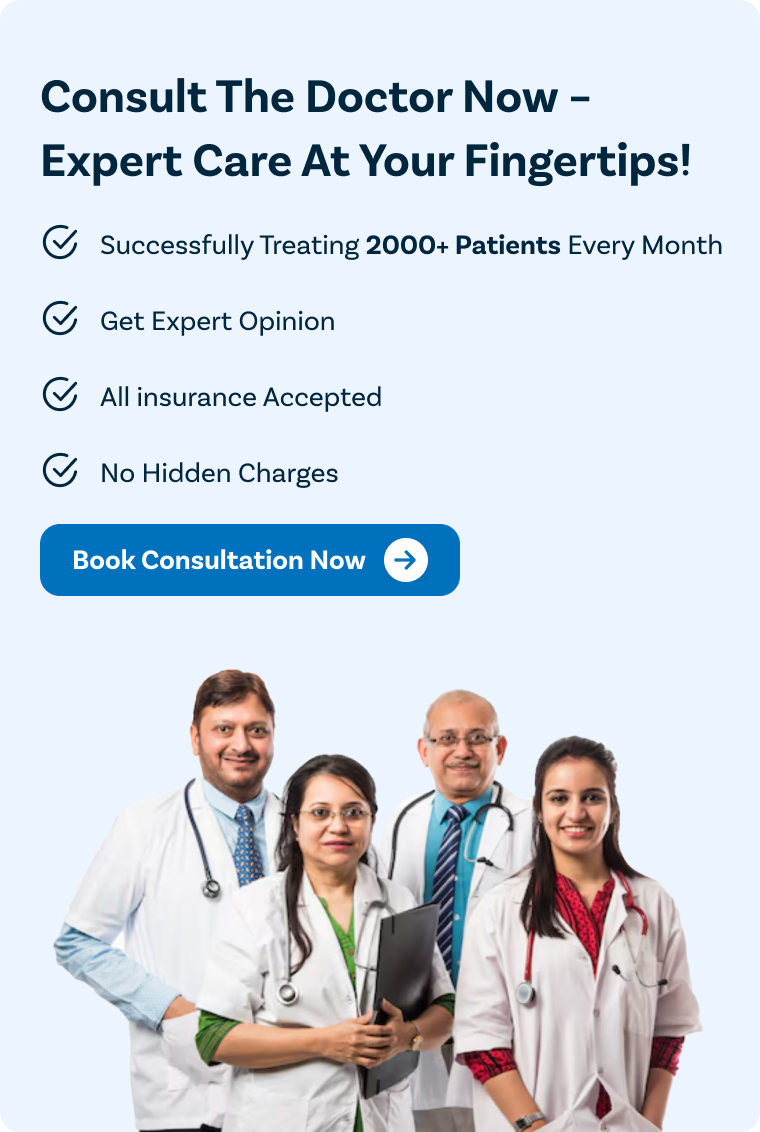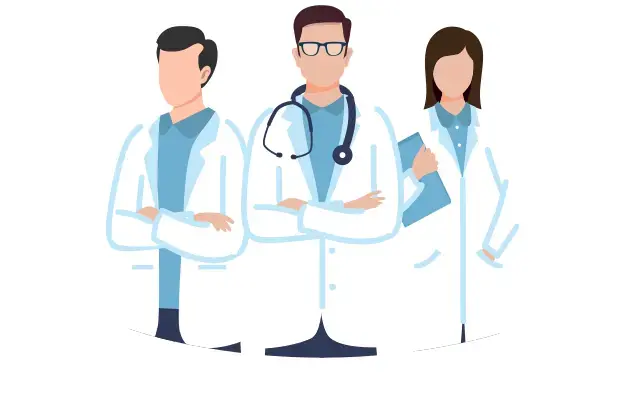You should consult a vascular specialist if you experience any of the following:
- Visible twisted or bulging veins on your legs or feet
- Pain, heaviness, or aching in the legs after standing or walking
- Swelling in the lower legs or ankles
- Persistent itching or burning sensation around veins
- Skin discoloration, thickening, or ulcer formation near the ankle
- Night cramps or restlessness in the legs
- Bleeding from varicose veins after minor injury
Seeking timely treatment prevents progression and reduces the risk of complications.
You should consult a vascular specialist if you experience any of the following:
- Visible twisted or bulging veins on your legs or feet
- Pain, heaviness, or aching in the legs after standing or walking
- Swelling in the lower legs or ankles
- Persistent itching or burning sensation around veins
- Skin discoloration, thickening, or ulcer formation near the ankle
- Night cramps or restlessness in the legs
- Bleeding from varicose veins after minor injury
Seeking timely treatment prevents progression and reduces the risk of complications.














